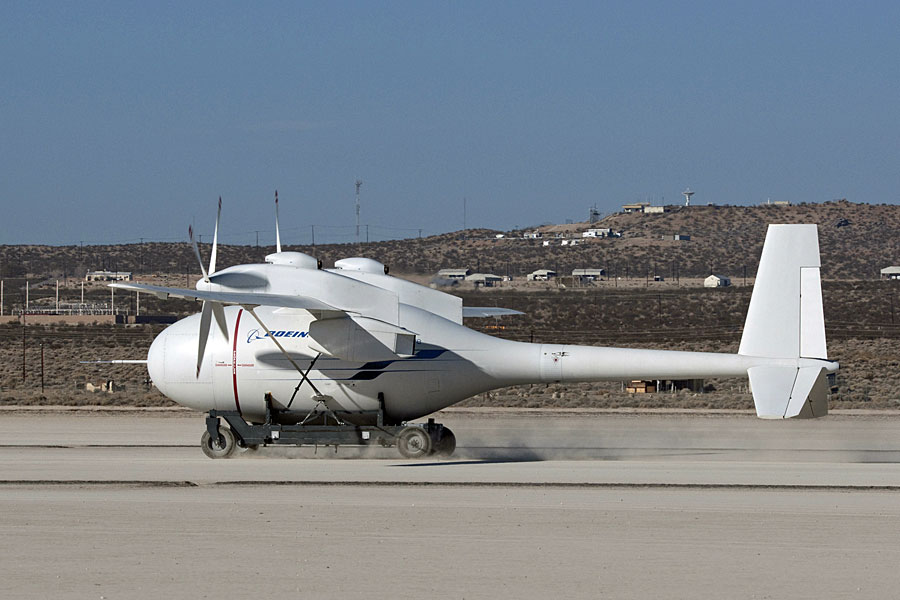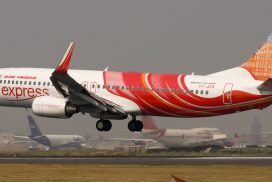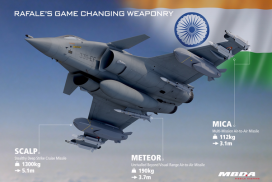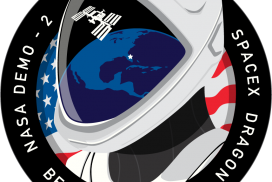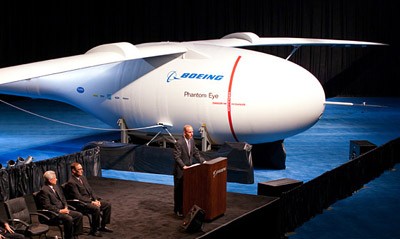 To meet the demand from the US military for unmanned drones designed to provide advanced intelligence and reconnaissance, Boeing has recently announced that it has conducted its first medium-speed taxi test for its latest High Altitude Long Endurance (HALE) surveillance drone the Phantom Eye at Edwards Air Force Base on March 10 in coordination with the NASA’s Dryden Flight Research Centre. Phantom Eye is a hydrogen-powered aircraft and designed for persistent intelligence, surveillance and reconnaissance, and communications.
To meet the demand from the US military for unmanned drones designed to provide advanced intelligence and reconnaissance, Boeing has recently announced that it has conducted its first medium-speed taxi test for its latest High Altitude Long Endurance (HALE) surveillance drone the Phantom Eye at Edwards Air Force Base on March 10 in coordination with the NASA’s Dryden Flight Research Centre. Phantom Eye is a hydrogen-powered aircraft and designed for persistent intelligence, surveillance and reconnaissance, and communications.
According to Boeing, Phantom Eye traveled atop its launching cart system, reached speeds of up to 30 knots as ground teams relayed directions and information using Boeing’s advanced Common Open-mission Management Command and Control (COMC2) software. “The aircraft performed well and the data collected will help populate our models,” said Drew Mallow, Boeing Phantom Eye program manager. “This test brings us one step closer to our first flight.”
“Phantom Eye is the first of its kind and could open up a whole new market in collecting data and communications,” Darryl Davis, president of Boeing Phantom Works, said at the unveiling ceremony in St. Louis on June 12, 2010. “It is a perfect example of turning an idea into a reality. It defines our rapid prototyping efforts and will demonstrate the art-of-the-possible when it comes to persistent intelligence, surveillance and reconnaissance. The capabilities inherent in Phantom Eye’s design will offer game-changing opportunities for our military, civil and commercial customers.”
It is powered by two liquid Hydrogen fueled engines, which provide 150 horsepower at sea level and have been tuned so as to be able to run on hydrogen. Each system consists of modified Ford 2.3 liter engines, reduction gearbox, and 4-blade 16 foot diameter propellers attached to its huge 150 foot wings. Phantom Eye is designed to operate at an altitude of 65,000 ft for up to 4 days in one mission and has a 450-lb mission payload capacity whilst cruising at a speed of around 200 knots.
In July 2010 Boeing said it will begin a series of ground and taxi tests in preparation for its first flight in early 2011. But due to technical issues the first flight date has been postponed and has not been announced yet. Boeing is also developing a larger HALE that will stay aloft for more than 10 days and carry payloads of more than 2,000 pounds.
